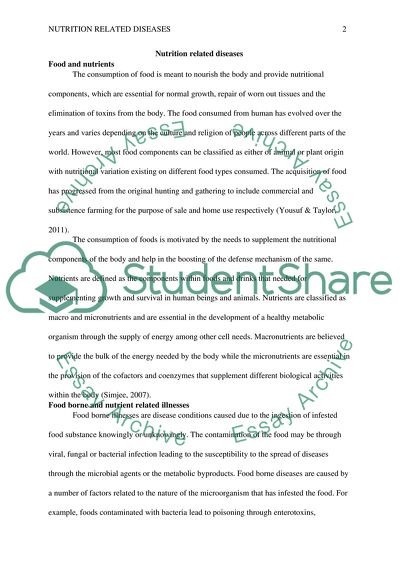Cite this document
(Foodborne Diseases Research Paper Example | Topics and Well Written Essays - 2250 words, n.d.)
Foodborne Diseases Research Paper Example | Topics and Well Written Essays - 2250 words. Retrieved from https://studentshare.org/health-sciences-medicine/1830898-nutrition-related-disease
Foodborne Diseases Research Paper Example | Topics and Well Written Essays - 2250 words. Retrieved from https://studentshare.org/health-sciences-medicine/1830898-nutrition-related-disease
(Foodborne Diseases Research Paper Example | Topics and Well Written Essays - 2250 Words)
Foodborne Diseases Research Paper Example | Topics and Well Written Essays - 2250 Words. https://studentshare.org/health-sciences-medicine/1830898-nutrition-related-disease.
Foodborne Diseases Research Paper Example | Topics and Well Written Essays - 2250 Words. https://studentshare.org/health-sciences-medicine/1830898-nutrition-related-disease.
“Foodborne Diseases Research Paper Example | Topics and Well Written Essays - 2250 Words”, n.d. https://studentshare.org/health-sciences-medicine/1830898-nutrition-related-disease.


